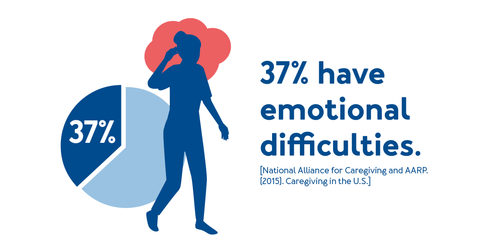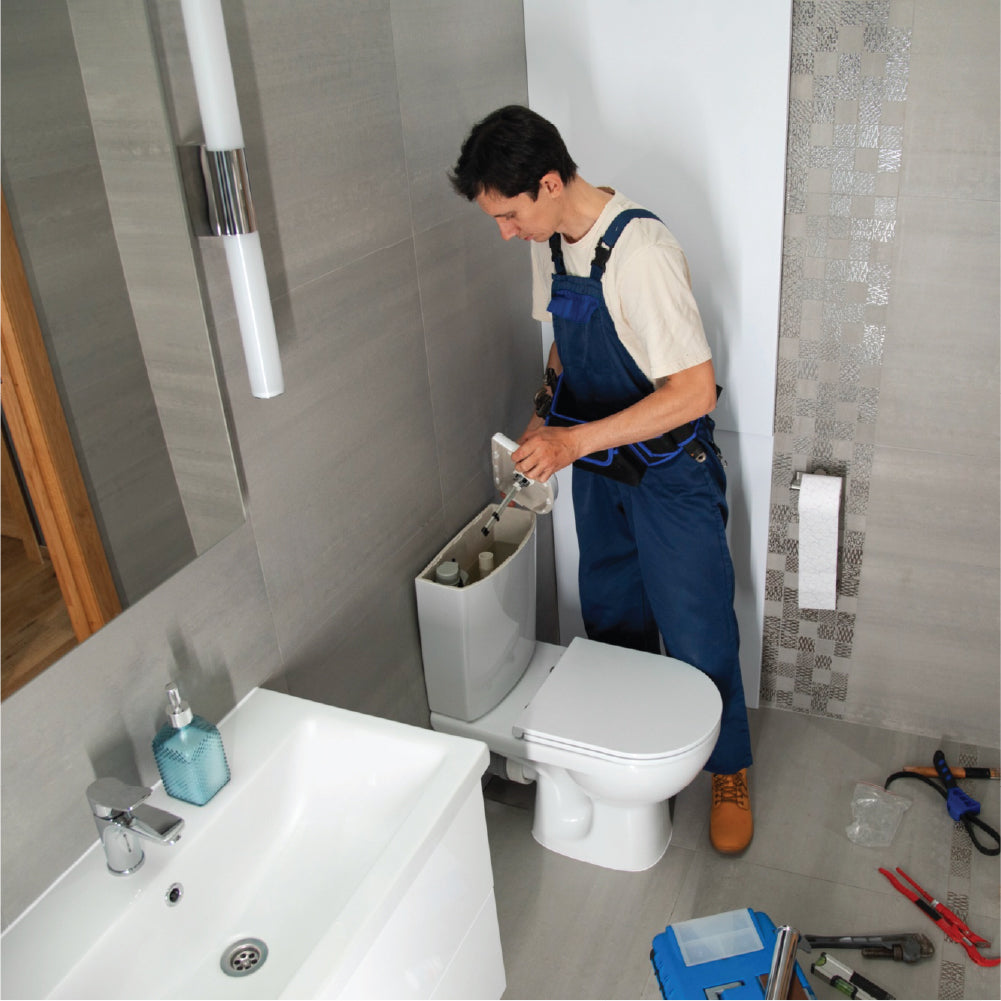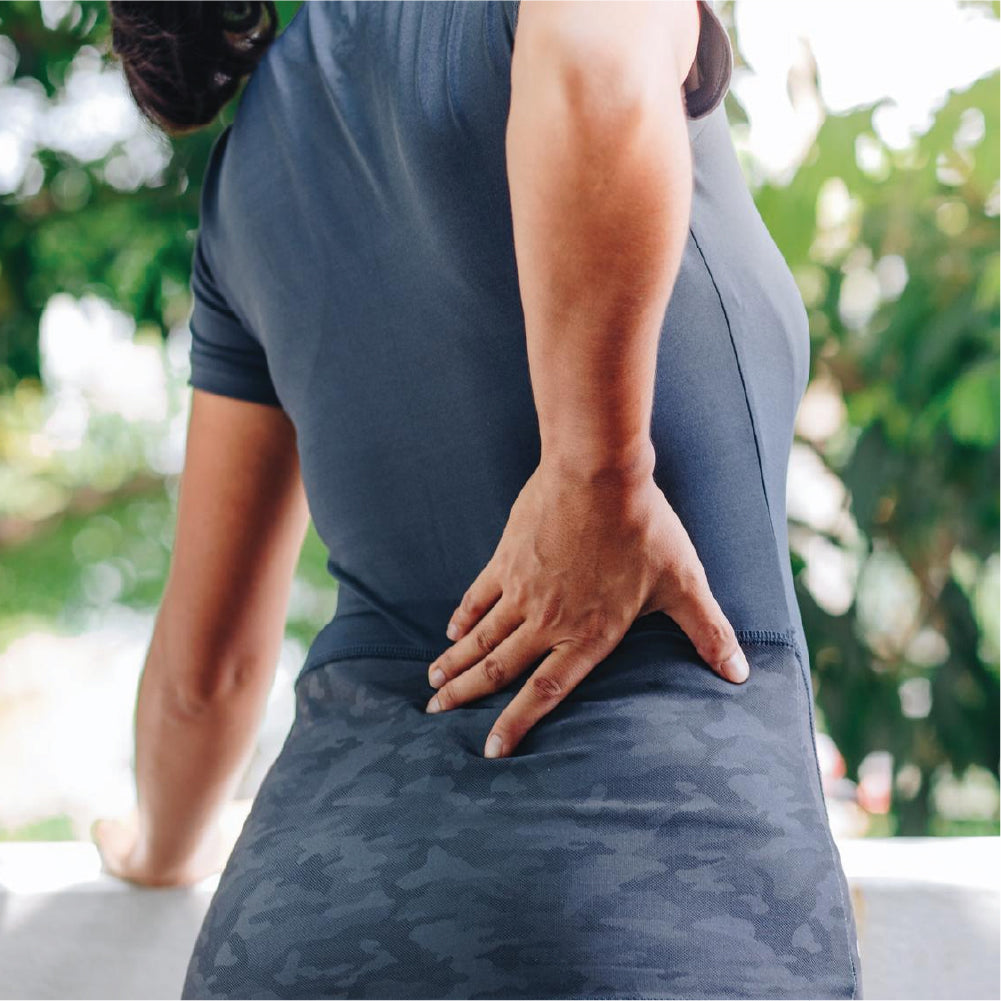Caregiver Statistics: An Inside Look at the Life of a Caregiver
18 facts about who caregivers are, whom they care for, their struggles, and the positive side of caregiving
Whether you’re a new or veteran caregiver, you understand the lifestyle that comes with holding such responsibilities. At times, it can be a very lonely and overwhelming position to be in. When someone relies heavily on you to maintain and improve their quality of life, it can feel as if there’s a constant weight being applied to you daily. We’ve compiled these caregiver statistics to help you know what comes with being a caregiver and the positive & negative sides of being a caregiver so you can feel less lonely and take preemptive steps to make life easier.
Who they’re taking care of (the carees)
Caregiver demographics and lifestyle

Most caregivers are baby boomers with more millennials taking on the role each year.
While the population of caregivers is spread out from generation to generation, late baby boomers and gen x aged 45-64 are most likely to be caregivers being at 23%. However, about 10 million millennials are caregivers as well.
The Value of Informal Caregivers

The role caregivers play is vital.
Informal caregiving may be unpaid, however, the value of services provided by caregivers were worth $470 billion in 2013. At the value of $470 billion in 2013, this value exceeded of paid home care and Medicaid spending, while almost matching the value of Walmart ($477 billion in 2013).
Common Struggles of Caregivers
The Positive Side of Caregiving

LEARN MORE ABOUT CAREGIVING
Read our guide to caregiving and learn the essentials of caregiving including the skills needed, requirements, how to combat caregiver burnout, and more!
To understand the role, lifestyle, situations, and struggles that caregiving brings is to set yourself up for success. Knowing what you’re walking into when transitioning into the caregiver role provides you with a broad perspective so you can adequately adapt and be prepared.
Statistics source: National Alliance for Caregiving and AARP. (2015). Caregiving in the U.S.
About the Author

Brandon Landgraf is the Digital Marketing Manager for Carex Health Brands. He finds passion and fulfillment in creating content that enhances, improves, and enlivens others' quality of life. All of his written work is formulated to not only offer essential advice and tips but back it with proven studies and experts. His mission is to connect with readers and provide steps to make their lives better.
You can connect with him on LinkedIn here.
About Carex Health Brands
Carex is your one-stop shop for home medical equipment and for products that assist caregivers with providing the best possible support and care for their loved ones. Carex Health Brands has been the branded leader in in-home, self-care medical products for over 35 years. Our goal is to improve the lives of our customers by bring them quality products that bring dignity back to their lives. With our three nationally distributed brands, Carex Health Brands serves national, regional and independent food, drug and mass retailers along with wholesalers, distributors and medical dealers.
related posts
20 Aging in Place Bathroom Design Ideas
The bathroom is the most dangerous room in any home, posing a risk for seniors who are aging in place. Utilize these 20 bathroom design ideas to make your bathroom safer, more accessible, and comfortable for seniors.
5 Bathroom Safety Products for Aging in Place
After the stairs, the most dangerous place in the home for seniors is the bathroom. Slips can often happen in a place designed for water. If you don't protect yourself adequately, it could be dangerous and potentially lethal. A bathroom is also a private place that most want to be alone in. Keeping your personal time private is essential to you. You should also make sure your life insurance is at a competitive rate. Independence, as you age, can include being able to make your own decisions, including knowing how to get an insurance quote without a checkup.We will show you some of the bathrooms' dangers for seniors and how to make it a safer place so you can retain your privacy. These five types of bathroom safety equipment can make all the difference in the world for your shower experience.
Piriformis Syndrome Injury Overview
Piriformis syndrome (Pir-i-form-is) is a condition involving the piriformis muscle, which is located deep in the glutes. This guide covers everything you should know about this condition, including what it is, causes, symptoms, tratments, and more.





















